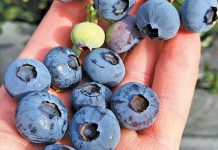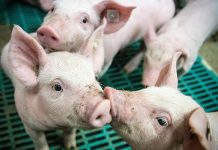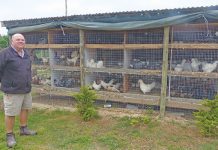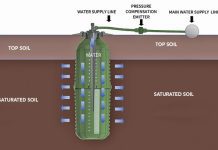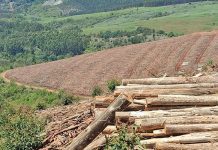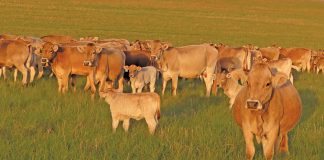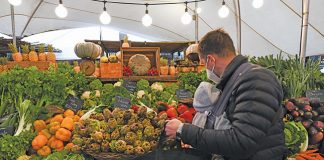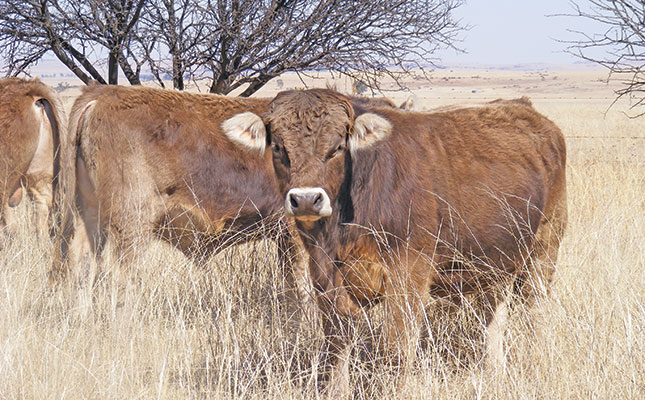
Photo: FW Archive
There are three types of livestock farmers: those who focus more on the condition of their animals than on the veld; those who pay more attention to their grazing than to their animals; and those who try to strike a balance between the two, trying to see to the needs of animals and the veld they graze.
Of the three, the first is the easiest to do. If your herd or flock is losing condition, you simply move it to a better or a rested camp where they can pick up weight again. This is often bad for the veld, however, especially if the camp is being overgrazed or has not rested for long enough.
In the second case, the animals are usually moved to another camp according to a grazing plan that does not always take the needs of the animals into consideration. The herd might then lose weight, which is bad for production and reproduction.
Moreover, in regions where the rainfall is erratic, a lack of rain could leave you in the lurch, making it impossible for you to execute your grazing plan. Put another way, the animals could simply run out of veld to graze.
The third example is the most difficult one to comply with, as it requires knowledge about the growth needs of both plants and animals.
From the grazing point of view, this is where veld assessment comes in. You should be able to read the veld’s condition in the same way that you can read an animal’s condition.
And at the end of it, you should be able to establish if your veld is deteriorating, getting better, or staying more or less in the same condition. You can then decide to adjust your grazing plan if required.
Walk through the veld
There are several ways to evaluate veld, some more complicated than others. For a start, however, you need to walk through the veld and look at (and into it) closely.
(Flying over your farm in a light plane or using a drone is a good way of getting a general idea of what your veld looks like and the differences between camps or even neighbouring properties. If you use a drone, be careful not to upset your neighbours!)
But down at ground level, you can get an idea of the condition of a camp simply by taking a sweeping view of it, from the vantage point of a nearby hill or even the back of your bakkie.
First, look for bare patches and signs of soil erosion. If these are conspicuous, try to work out what percentage of the camp they make up. If it’s only 5% or so, don’t worry too much about them; they may not necessarily be caused by incorrect grazing methods.
Next, do a fence-line comparison. Look over the fence to see if there is any difference in the veld cover or plant species composition on either side. If one side is grazed shorter than the other, ask why. Are there any seedlings?
Now walk through the veld and identify the most prominent grasses or shrubs growing in it.
Here you will need some basic knowledge of plant identification so that you know which plants are palatable and which are not easily grazed. Some could even be totally undesirable. If you are unsure, ask other farmers in the area for advice. But obviously you want the more desirable plants to dominate the veld.
If that’s not the case, it is unfortunately difficult to remedy the situation quickly. High-density grazing for a short period could be the answer, as it tramples the soil and forces the animals to graze the less palatable plants.
Light grazing will probably not help much, as the animals will continue to focus on the palatable plants.
Other aspects to look for are veld cover and vigour. Do the desirable plants appear to be healthy and growing strongly? Do the plants grow far apart with plenty of bare ground in between? What is the ratio between perennials and annuals?
Going through every camp on the farm in this way you can get a good idea of the state of the farm’s grazing. Then you can group the grazing in each camp into the following four categories: excellent, good, intermediate and poor.
Veld condition is a key to profitability, as veld degradation has a serious effect on the land’s ecological processes and biological diversity.
One of the unfortunate problems of veld management is that farmers don’t always have enough camps or water points to implement a proper grazing system. And often, their fences are inadequate for controlling the movement of livestock.
Then you have to decide on how much you can spend on this kind of infrastructure. Be warned: it is extremely expensive!

